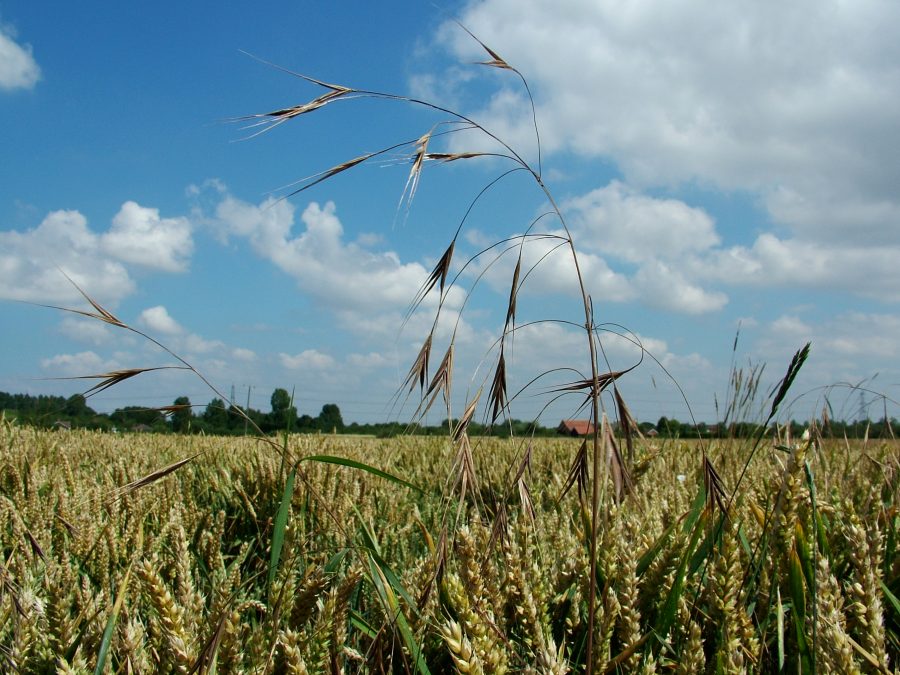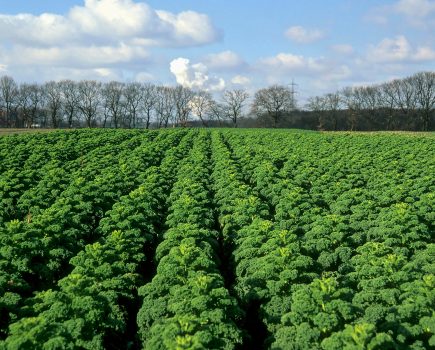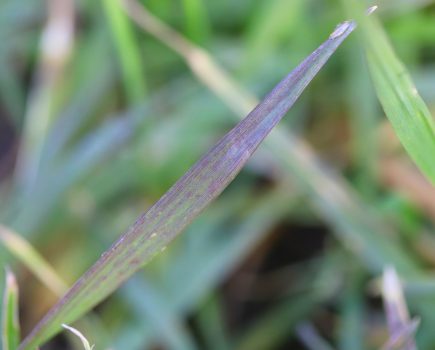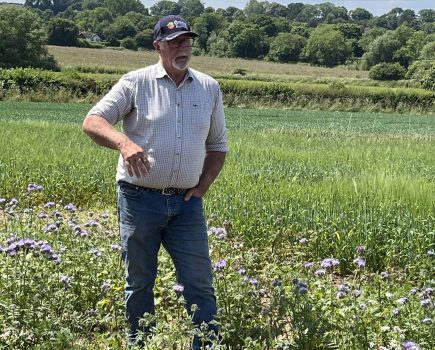Grassweeds have again been a big talking point for many growers this year, with some fields coming under significant pressure, prompting scrutiny of control strategies and questions about how to manage seed return.
Black grass remains the dominant issue in many areas, although Italian ryegrass and brome are increasing nationally.
Although some blame the shift to direct drilling and minimal tillage systems for rising grassweed pressure, as ploughing has long been an effective tool in the armoury, Hutchinsons experts say the reasons are far more complex and reflect a combination of factors, from inappropriate cultivation choice and timing to poor herbicide strategy and weather extremes.
Technical manager Dick Neale points to three important reasons why some growers have seen disappointing grassweed control this year in particular, and believes understanding these is key to moving forward.
1. Poor stale seedbed chitting performance
Dry conditions in summer and early autumn 2021 and 2022 reduced the germination of volunteer grassweeds before drilling, resulting in less effective stale seedbed control two years running. Soil moisture is generally much higher in 2023, though, so stale seedbeds should be much more effective.
Rolling stubbles twice can be a good way of encouraging weed seed germination when there is sufficient moisture and avoids the risk of cultivations creating over-fine seedbeds.
2. Compromised residual herbicide performance
Dry seedbeds also restricted the performance of residual herbicides. Residuals need sufficient moisture to keep the active dissolved in solution so it can be taken up by emerging weeds.
Again, more soil moisture this year should allow for better performance, but pay attention to seedbed quality, moisture/post-application rainfall, pre-em timing (within 24 to 48 hours of drilling) and application coverage to maximise efficacy.
3. Lack of application sequencing
Where there has been a focus on stacking pre-emergence chemistry, this has generally meant fewer spring residuals to catch spring-germinating grassweeds. The impact will be particularly noticeable where germination is protracted, due to the weather or natural characteristics (e.g. Italian ryegrass).
All three factors were compounded in 2022 when stronger wheat prices encouraged a higher proportion of wheat plantings last autumn, meaning more growers started drilling earlier, when conditions were still dry, with insufficient opportunity for stale seedbeds.
Grassweed control tips
- Understand the specific weed species you are targeting to tailor the most appropriate cultivations and control strategies – particularly important for brome.
- Use stale seedbeds where possible – consider rolling twice instead of shallow cultivations. Efficacy is reliant on soil moisture, so patience may be required.
- Also recognise the importance of soil moisture for residual herbicide efficacy – consider delaying drilling if soils are too dry.
- Stack or sequence residual herbicides, especially where weed germination is protracted.
- Delay drilling – wait for moisture, allow time for stale seedbeds to work.
- Use higher seed rates to increase crop competition – particularly important when sowing later and establishment percentage is likely to be lower.
- Get weed seeds resistance tested to understand what chemistry will be effective and which to avoid.
- Ploughing can be a good reset button to bury high seed return, but beware of weed seeds you may bring to the surface and potential problems buried for future years. This needs to be done well to be effective.
- Consider rotational changes, such as growing spring barley – this may be more effective against black-grass than ryegrass due to protracted germination.







